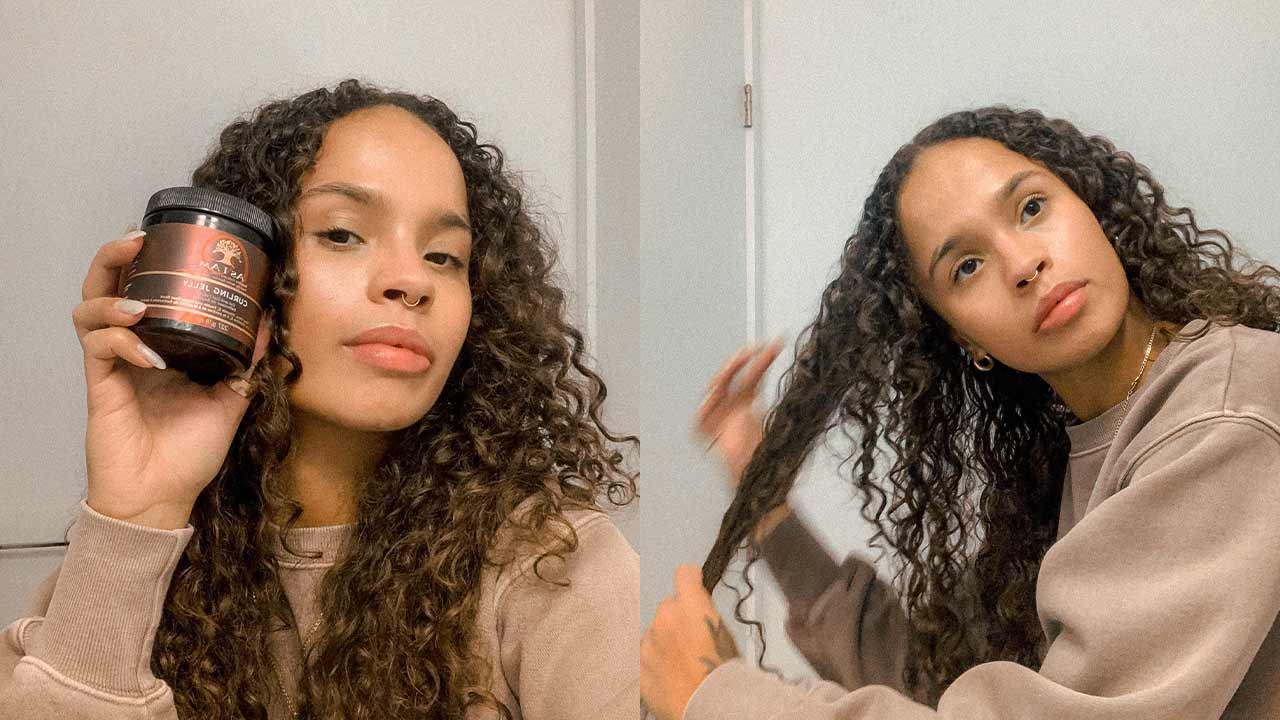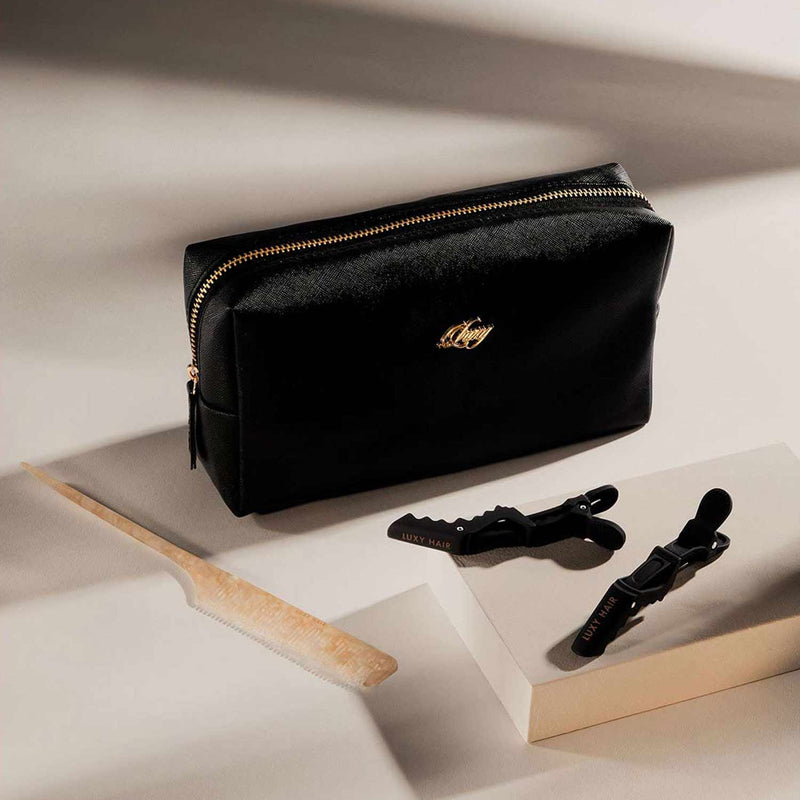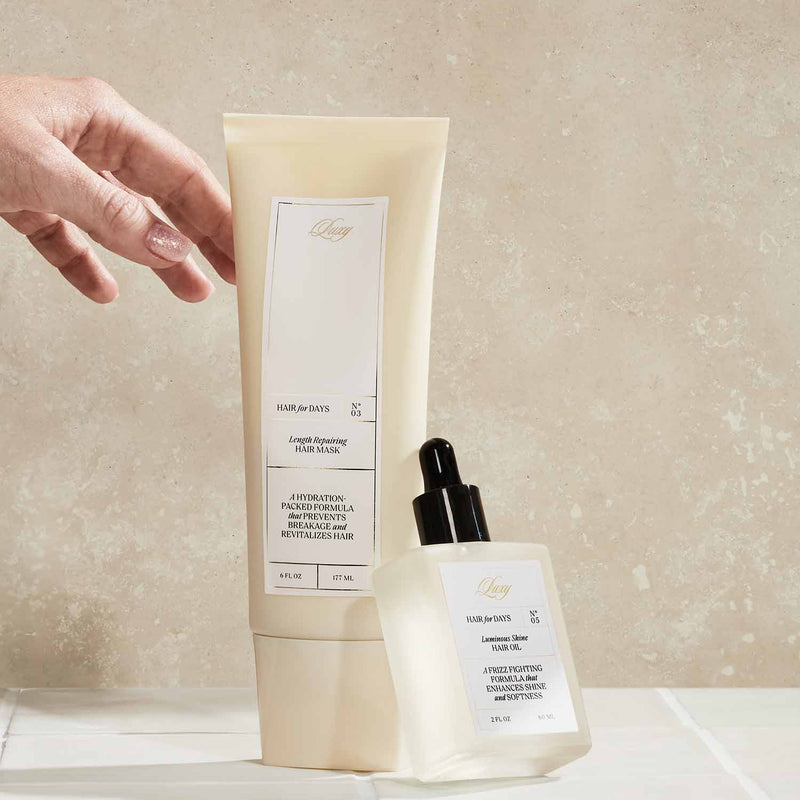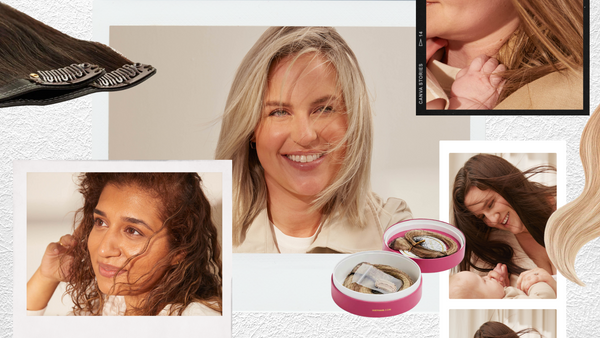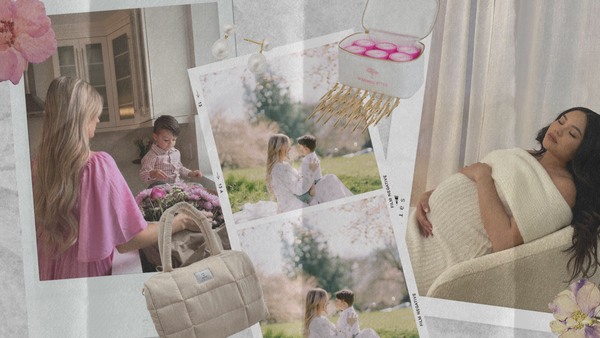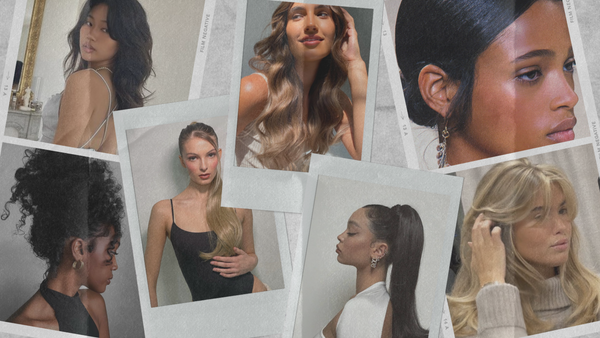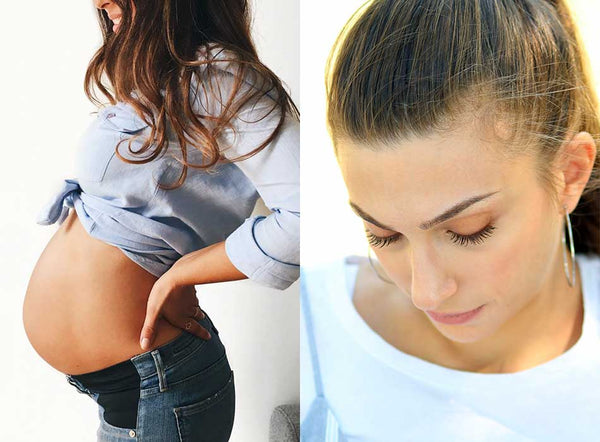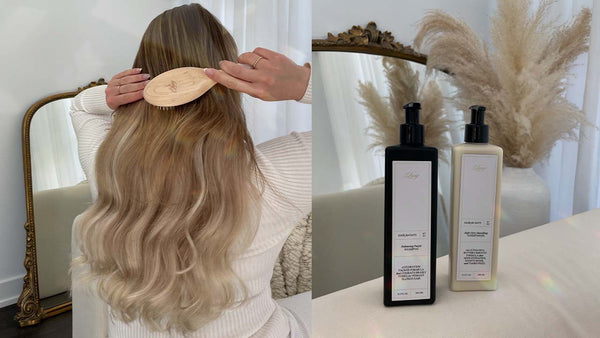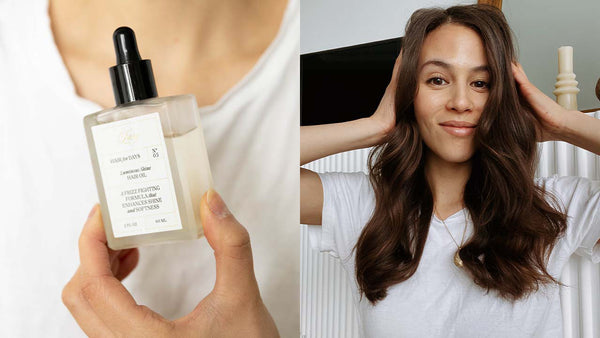Gone are the days of the 80s one-size-fits-all perms.
The word ‘perm’ may conjure up big hair with tight ringlets worn by celebrities and everyday women of the 80s (one of your older female relatives probably rocked one for sure). The reason why the perm looked so similar among different women with different hair is because the styling technique was all the same, however, the perms of today use modern techniques to create everything from spirals to beach waves, bringing perms into the modern hair world.
What is a perm?

Before getting into the thick of things, what is a perm? Whether old school or new school, a perm or permanent hair style uses chemicals to structurally change the texture of the hair. This means perms can take hair from straight to curly or curly to straight. There are several types of perms available today and they don’t all relate to hair. For example, a lash perm—like the name suggests—adds a curl or lift to your eyelashes for a few months long.

Other available hair perms that have become popular over the years include a digital perm and Japanese perm. Digital perms use a chemical process and heat styling to change the structure of your hair to add waves or curls, while Japanese or flat perms uses a special solution to straighten, smoothen and soften hair. There are even root or spot perms—as the name suggests the perm is concentrated at the roots (great for when your perm starts growing out) or focused on an area of the hair that needs more oomph, especially great for women with curly or wavy hair that want to add definition to the ends or mid-shaft of the hair.
With so many options out there, we’ll take you through everything you need to know about the traditional curl or wave perm.

Traditional perms vs. modern perms
Traditionally, stylists or at-home DIYers used plastic rods all over the head, wrapping the hair around the same slim, cylinder shape—meaning perms always transformed the hair from straight (or wavy) to tightly curled. After the rods were wrapped, a perm lotion was applied all over the rods to allow the curl to set. After allowing the lotion to sit for some time, it would be rinsed out, and blow dried out before putting in a neutralizing product.
Today’s technique of perms have moved away from the traditional one-size plastic rod, where other materials can now be used and varying rod sizes are also available. The technique of wrapping hair around the rod, rollers or even fabric has also changed with the times allowing stylists to create S-waves and looser, beach waves.
This is the biggest differentiator between traditional and modern perms. The one size fits all approach no longer exists, and curls or waves can be created based on your hair type and style preference. A lot of women are also getting perms to help enhance their natural texture, giving their waves or curls more structure and life.
How is a perm done?
Now that we’ve defined what is a perm and traditional vs. modern perms, let’s get into the ‘how’s’. Depending on your hair type, your stylist may start with softening and smoothing your natural hair texture, this is usually done for kinky, coily or very curly hair. The hair is then wound into the perm rods, flexi rods, rollers or fabric pieces. This may be the most essential step as the way your hair is wrapped around the perm tool will determine the shape of your curls.
For instance, experts say to create a more natural, beach wave look, rods are placed in different directions. For bigger waves, rollers can be used to create that thicker, bouncy look. Once you and your stylist determine what kind of curl or wave you want they will be able to determine the best rod or roller to use and apply technique accordingly.

Perm lotion is then applied which helps to deposit hydrogen to the hair’s structure, putting the hair in a state to change shape according to the shape of the rod and how the hair is wound in the rod. Depending on the length of your hair and the type of curl you’re trying to achieve, the rods and lotion can remain in the hair for anywhere between 30 minutes to an hour. So make sure your phone is charged up for your appointment or bring something else to do. Otherwise, take a little snooze and let the rods and lotion do its work.
Once the lotion and rods are removed, a neutralizing product is applied to the hair. The neutralizer helps to remove the hydrogen created from the previous step and adds oxygen. This process helps to fix the hair into its new shape.
Finally blow dry, style, and embrace your new perm!

How long is a perm appointment?
As the application and setting of the different products will vary, appointment time will also vary depending on your hair type and hair length. Give yourself at least 2 1/2 hours to get the perm done, but this can also be longer based on the above factors.
How long does a perm last?
The key question, and again how long a perm lasts varies depending on how fast your hair grows, your hair type and hair length. Perms in short hair can last 3 to 4 months, whereas perms in long hair can last 6 to 8 months. When your natural roots and texture start growing in this pushes the perm to the ends, this typically works great for long hair as women will then have waves throughout the mid-shaft and ends—a styled look. For short hair, texture may look uneven, weighing on how often you want to get a touch-up.
If you have shorter or mid-length hair and are looking for ways to add wavy or curly length and volume, clip in hair extensions are a great alternative between your perm appointments. Hair extensions can be easily styled and curled before applying and the waves or curls last for several days when the extensions are stored properly. If you have straight hair and want to go for a curly look, our clip in curly ponytail extensions are a great way to switch up your look before you are ready to make a full commitment.
How you care for and style your perm will also impact how long your perm lasts.

Perm care tips
- Do let your hair mostly air-dry and use a diffuser to get it fully dried, to help maintain the curly or wavy texture. (Don’t forget your heat protectant!)
- For other heat styling tools like curling irons, keep the temperature to a lower setting. High heat or heat damage will loosen the perm.
- Invest in a wide tooth comb and ditch the traditional bristle brushes.
- Use shampoo and conditioners that contain humectant and emollients and pick up products that are specifically made for curly or wavy hair.
- Be weary of your hair ties! Don’t use rubber bands or ties that pull or break hair, invest in scrunchies or silk hair ties instead.
- Start a conditioning routine. When conditioner is applied, comb through with your wide tooth comb, after rinsing, gently towel dry your hair and let it sit.
Treating your perm with care will not only help it last longer, but also keep your hair healthier. Even taking all the best precautions, this is still a chemical process that will impact the health of your hair.
One of the most common issues with permed hair is dryness. The chemicals used—while genius in how they can change the structure of your hair—also strips the hair of natural moisture. This is why conditioning is a big part of caring for your perm. Deep-conditioning treatments whether at home or at the salon help to replace moisture loss during the perm process and protein treatments monthly can also help protect your hair depending on your hair’s condition.
Frizzy hair is also a downfall of perms. Conditioning and hair masks can help to smoothen hair and add moisture to help keep curls locked in and healthy.

Who should/shouldn’t get a perm?
Perms are possible for everyone and every hair type, but precautions and different processes have to be taken. For instance, for those with color-treated hair, perms should be considered with care. Depending on the hair type, perms may not hold as well in color-treated hair because of the products that have to be used and you don’t want to dry out or damage the hair with too many chemical processes. Those with color-treated or other chemically processed hair shouldn’t get perms if hair is damaged or too dried out. Instead, leave time between chemical-heavy appointments to allow the natural hair to regain its moisture and strength.
If you find yourself frequently curling your hair or loving the wavy look, give your curling iron a rest and consider a perm. Instead of putting your hair through heat styling and damage daily, a perm could help create the curls and wave you crave on the daily and last for several months. Despite the name having perm or “permanent” the styling treatment will not last longer than 8 months in most cases in which you can get back to your natural texture.
Ready to try a perm?
Perms have come a long way over the years, but the biggest change is being able to get the curls or waves unique to you. Our hair types and style preferences are so diverse that styling options should be the same. With the advancement of hair products and treatments, caring and styling for your perm is also easier than the perms of the past.
Written by: Rosalyn Solomon
